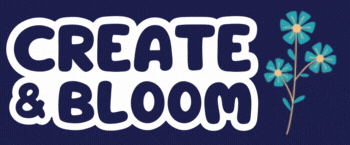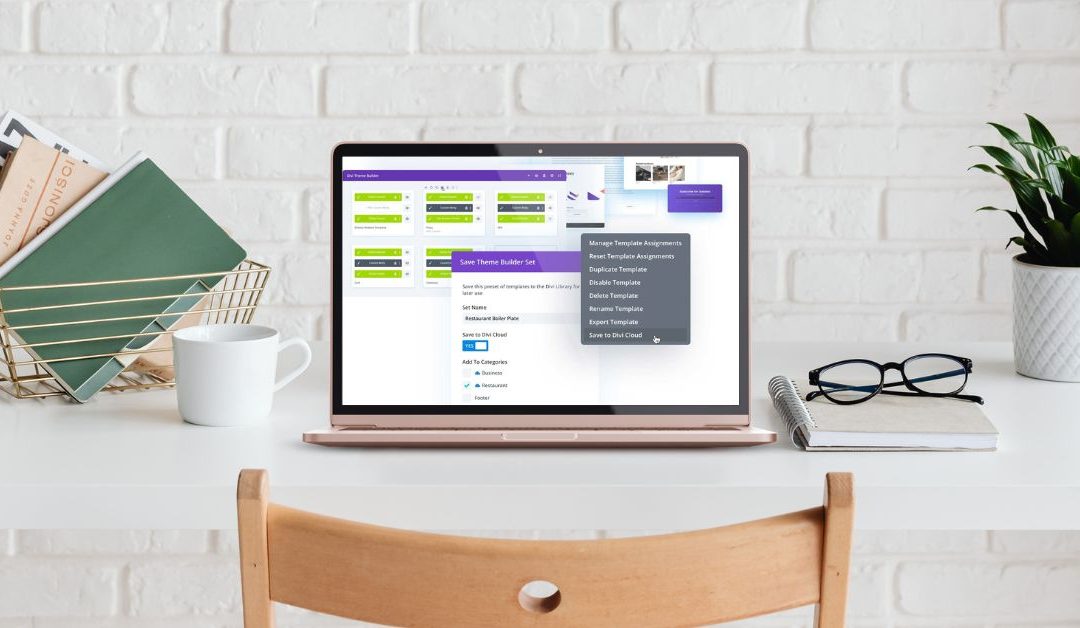The air conditioner is set to a cool 65 degrees, but you’re sweating profusely.
You look around the room. Can they tell you’re sweating? Probably not. Everyone is secretly worried about themselves. Your hands are shaking as you take one last look at what you’ve brought in. Self-doubt looms over you like a dark cloud that won’t go away. Well, it’s too late to turn back now.
You stand up clutching your project. Everyone is staring at you. You can feel them judging every drop of sweat that pours down the side of your face. There’s no point in delaying the inevitable any further.
“Hello. My name is (your name here), and I’m looking for design feedback today.”
Asking for feedback is scary for everyone. You’re showing your work to people whose opinions you value, and there’s a chance they might negatively criticize your design. Seeking help leaves every designer in a vulnerable position, and it’s frightening to imagine.
But don’t be scared. Feedback is a wonderful thing, and even negative feedback can still be used to improve your work. The idea of asking for feedback is often much scarier than it actually is. You just have to know who to ask and what to ask them.
Feedback Is Crucial
Your artistic freedom is important, and you put so much time and effort into tweaking every minute detail of your project, you can’t help but become attached to it. Showing it to others, then, can be daunting. What if they disapprove or offer negative criticism?
However, you still want to improve as a designer. You want to challenge yourself and take your designs to new heights. This is why feedback is so important.
All types of feedback, both positive and negative, are helpful. It’s easy to get tunnel vision when you’re working on a design. Hearing other people’s perspectives and opinions on your work will open your eyes to all kinds of possibilities. Maybe there’s something missing from your design, but you can’t put your finger on what it is. Someone else might be able to look at it through the lens of their experiences and tell you what you need to hear.
Sometimes asking for help will not only improve your design, but it’ll change your perspective on future designs. Just be careful of whom you ask.
Avoid Fellow Designers
Let’s pretend you’re the CEO of McDonald’s. All of a sudden your McNuggets aren’t selling nearly as well as they used to. Would you go to Burger King or Wendy’s and ask them what you should do? Of course not. Burger King and Wendy’s each have their own unique way of making products, so their advice won’t help you.
Take caution when you ask for help from other designers, especially if they’re working on a similar project as you. They might be so wrapped up in their work that they don’t see your design for what it is. Instead, they’ll only give you specific things they would do, and this might completely change your design.
Designers can definitely help your design. Just make sure you differentiate feedback that’ll help elevate your work from feedback that’ll change everything about the design. After all, it is your design.
Ask People in Other Fields
Designers might be looking for specific elements of your design that other people might not necessarily care about. It’s important to get feedback from all types of people who work in completely different fields.
What is the purpose of your design? Are you designing a logo for a pet shop? Ask for feedback from pet store owners and customers. They might have feedback that isn’t specific to the creative process of making the design. Instead, they might give you suggestions based on the brand or people who visit the store.
Try to seek feedback from marketers. They know what people respond to, and they might give you suggestions that’ll get more people emotionally involved in your design. Marketers often work with graphic designers to bring ideas to life, so they’ll know what to look for in your design.
Look For Constructive Feedback
When you start asking people for feedback, you’re going to get a lot of different opinions. Some might be vague like, “I think it’s great,” or “I don’t like it.” This feedback should be ignored because it doesn’t help you improve.
Always look for constructive feedback. Even if someone absolutely hates your design, hearing the specific reasons why they hate it can help you in the long run. If someone loves your work, getting specific reasons why they enjoy it will help you implement the same features in your next design.
All feedback is helpful if you can learn how to find the golden nugget in each suggestion.
Ask For Negative Comments
Elon Musk specifically asks for negative feedback. It’s worthwhile never to doubt Elon Musk.
Much like how you might be scared to share your work with others, other people might be scared to give you their honest opinion. They don’t want to hurt your feelings, so they’ll passively tell you they like your design.
You can take this pressure off them by asking for negative feedback. Ask them what they didn’t like about the design. Let them know they’re in a safe space and can be honest. Once they feel comfortable enough to give you negative feedback, you’ll get a lot of helpful information you might never have received otherwise.
Find a Mentor
One reason why you might not be getting honest feedback is because you’re sharing your work with people in your safety bubble. These are people might be close friends or family members who will compliment you no matter what.
Find a mentor that’ll tell you what you need to hear. This person should be more experienced than you are and have a good understanding of your design style. They should also get to know you as a person so they know the motivations behind your designs.
A mentor will share their knowledge with you and help you improve as a designer.
Trust Your Gut
Feedback will take your designs to new heights but know when to listen to it. You should ultimately trust your gut and produce work only you can do.










